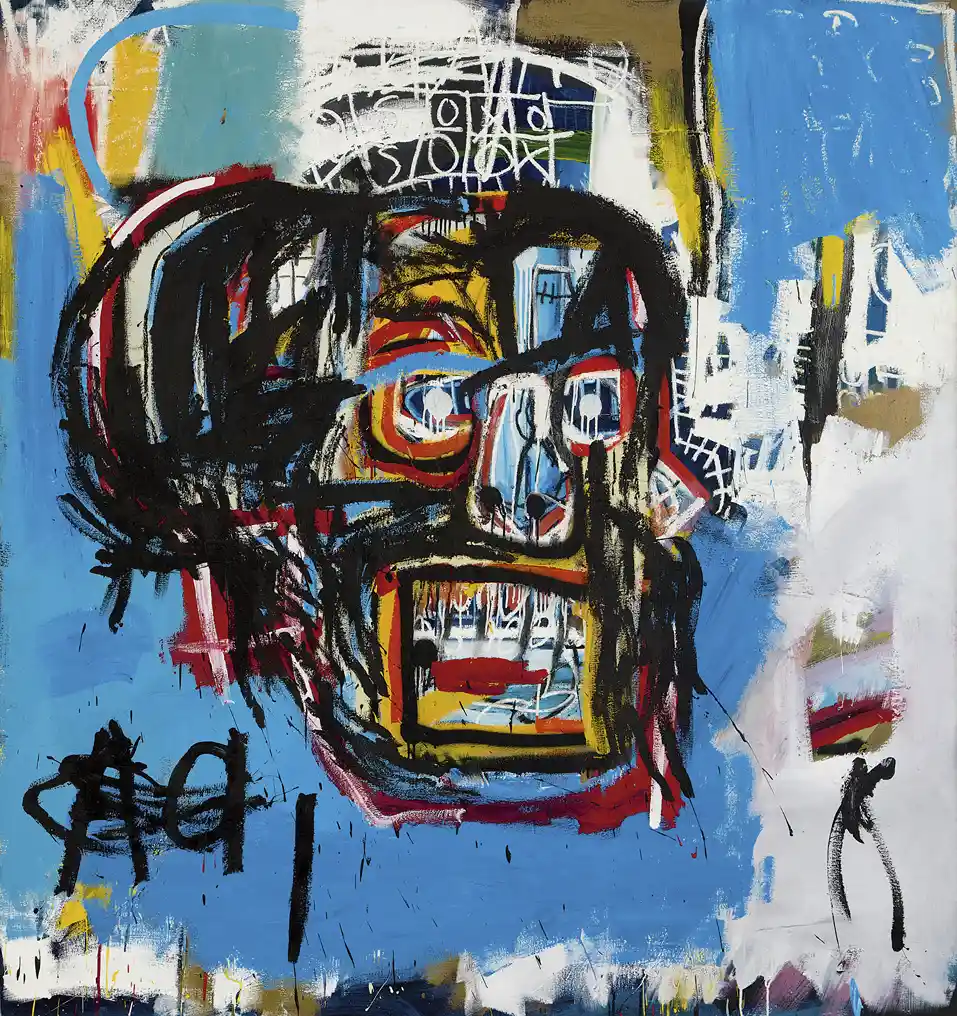The art market in 2022 was on a high level, reaching some record-breaking auctions in New York in November totaling $3.2bn and big sales at the last major art fair of the year, Art Basel Miami Beach. As we recall, there were six lots in 2022 that fetched prices in excess of $100 million, exceeding even the heights achieved by the 2017 selling bonanza that brought us the $450 million Salvator Mundi (ca. 1499–1510) by Leonardo da Vinci and a $110 million painting by Jean-Michel Basquiat, among others.

But it’s not all sunshine and rainbows in the art world. At the end of November, the Institute of International Finance (IIF), a global association of financial institutions and central banks, said 2023 would be as weak as 2009, as Ukraine becomes a ‘forever war’. For much of the global economy, 2023 is going to be a tough year as the main engines of global growth – the US, Europe, and China – all experience weakening activity, the head of the International Monetary Fund has warned. But how will all that affect the art market in 2023?
Laurence J. Peter, a famous educator, and hierarchiologist, once said that “An economist is an expert who will know tomorrow why the things he predicted yesterday didn’t happen today.” So, what will be tomorrow with the art market? Are we in for a nail-biting in 2023?
Art Market Predictions
It’s no secret that art sales tend to drop during economic downturns. Truth be told, a vast majority of the art market depends on the United States, which accounts for almost half of the art market.

Most of the pessimism comes from the US, which is the ever-growing driver of the global art market, so a slowdown of activity there would ripple worldwide. If history is any guide, whenever the economy impacts the stock market, the art market lags behind. It now looks likely that the art market will contract in 2023, though not by 1991 or even 2009 levels (those were horrible years for the art market). But then again, the growing number of ultra-wealthy people around the world, many of whom are buying art, could be the upper end to protect the art market.

Where art is distinct is that its market relies more on supply than demand. The handful of billionaires and millionaires that can dictate a bellwether auction are probably still able to spend at the telephone-number price levels. The good news for sellers is that collectors tend to find a way to keep buying art within their budget. Some 55% of high-net-worth collectors surveyed by Art Basel said they planned to buy work over the next 12 months, and this attitude rings true beyond the upper end of the market.
Lean And Mean 2023 Is Upon Us

Generally, great and good artwork will always sell well. But the art market in 2023 will probably be lean and mean. The impact of this is already being felt on the ground. Some sellers are pricing works according to earlier, rosier times and turning off buyers who recognize that the situation now is different.

When we look at the art trends in the past few years, things don’t seem so blue. From high-profile auctions, digital sales, and the blooming millennial art collectors, the 2023 art market is expected to stay (relatively) strong. The industry’s embrace of online sales will continue, as institutions turn to digital methods of purchasing artwork instead of returning to in-person events. Despite financial troubles stemming from inflation, global conflict, and the lingering effects of the pandemic, we should expect more lucrative art sales in 2023. Only time will tell whether we were right or wrong.

Photos: Sotheby’s

Leave a Reply